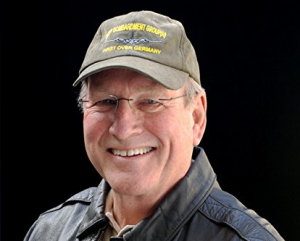
Soon after retirement, Steve began his quest to learn more about the World War II experiences of his father, pilot Howard Snyder, and his crew of the B-17 Susan Ruth. It became his passion and after 4½ years of dedicated research resulted in his book, Shot Down, which has received over 25 national book awards. One result of his new career as a World War II historian is that he is a member of numerous World War II organizations and is immediate past president of the 306th Bomb Group Historical Association.
Tell us about your book.
Set within the framework of World War II in Europe, Shot Down recounts the dramatic experiences of each member of a ten man B-17 bomber crew after their plane, piloted by my father, was knocked out of the sky by German fighters over the French/Belgium border on February 8, 1944.
Some men died. Some were captured and became prisoners of war. Some men evaded capture and were missing in action for months before making it back to England. Their individual stories and those of the courageous Belgian people who risked their lives to help them are all different and are all remarkable.
The book is based on personal letters, oral and written accounts, declassified military documents, and interviews from the people who were involved in the events that took place and includes more than 200 time period photographs. To add background and context, many historical facts and anecdotes about and surrounding World War II and the air war over Europe are entwined throughout the book so that the reader has a feel for and understanding of what was occurring on a broader scale.
Why did you want to write a book?
I never had any intentions of writing a book. After I retired in 2009, I just wanted to learn more about my father’s war experiences and began by going through all the material my parents had kept from the war years. Two items were most significant. The first was a diary that my father wrote while he was missing in action and hidden by members of the Belgian underground. The other was all the letters my father had written to my mother while he was stationed in England before being shot down. Reading those was absolutely fascinating, and I became fascinated with the story of my father and his crew. It became my passion.
I began reading book after book about the air war over Europe, spent countless hours doing research on the internet downloading declassified military documents, and started attending reunions of various WW II organizations listening to veterans tell their stories. Finally in 2012, I decided to write a book. After my years of research, I came to the conclusion that the story of my father and his crew was so unique and so compelling that it had to be told and people needed to read about it.
However, I might not have written the book if it were not for two Belgian gentlemen, Dr. Paul Delahaye and Jacques Lalot, who were young boys during the war and the Nazi occupation of Belgium. Later in life, they became local historians and interviewed Belgian citizens and members of the underground; recording their testimony about events that took place involving my father and members of his crew. I owe them a great debt for all the information they provided to me about events that would have been lost forever without their detailed research and documentation.
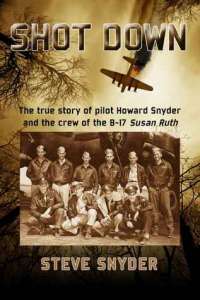
Once I finished writing my manuscript, I had no idea how to get it published. I investigated various methods such as Amazon’s CreateSpace, IngramSpark, different vanity presses, and a couple small publishers. However, I just wasn’t quite sure what to do so I kept searching the internet where I came across a book publishing coach, Judith Briles, The Book Shepherd.
With Judith as my consultant, I formed a one person limited liability company, Sea Breeze Publishing (named for the street I live on), and contracted with independent professionals for all the necessary services such as editing, cover design, interior layout, printing, and fulfillment.
I just felt more comfortable publishing the book myself and having total control. I was sure the finished product would be professionally done and a book of which I would be proud. I also had a short time frame since I wanted my book to be published prior to my trip to Belgium for the 70th anniversary of my dad’s plane being shot down. I couldn’t wait and be put in a publishers queue. Another reason is the book contains more than 200 time period photographs which I was doubtful a publisher would allow and especially not interspersed throughout the entire book. Typically, publishers like to lump photos together which I did not want. Finally, if the book did sell, I would receive the profits, not the publisher.
What tools or companies did you use, and what experience did you have?
With the guidance of Judith Briles, I worked with John Maling to edit the book, Nick Zelinger of NZ Graphics to do the book cover and layout design, Sheridan Books to print the hardcover, Bret Ridgway’s Speaker Fulfillment Services to handle distribution, Nick Taylor of L&S Graphics to convert it to eBook formats, and with Shannon Parish of Illustrating You to design and maintain my website. They were and are simply wonderful people to work with; very professional, responsive, and caring.
Would you self-publish again?
Yes, unless I could get a lucrative book deal from a major publisher.
What do you think are the main pitfalls for indie writers?
Marketing is absolutely critical since it is the only way your work can gain exposure and recognition. Unlike celebrities who can put out virtually any book and receive instant national exposure from the media and best seller status, self-published authors have to claw and scratch for everything.
I have an advantage because I had a 40 years career in sales. In marketing my book, I am basically doing what I did during my career job. I am relentless and persistent promoting my book. You have to be if you want your book to get any exposure.
I am active on social media, especially Facebook, where I join every group I can find that relates to my genre. I list my book on every internet book website I can find and enter every book awards contest I come across. I contact any entity which might read my book or promote my book. I send emails to individuals, websites, bloggers, newspapers, and magazines asking them to review my book and/or write articles about it. I send emails to every organization I can find and ask if I can make a presentation to their group. I keep at it every single day.
What tips can you give other authors looking to self-publish?
There are many avenues to take. A lot depends on a person’s budget. The route I took is definitely more expensive. A person should take their time and determine which is best for them based on their goals. I am a very competitive person and wanted my book to become nationally known. Although it is not known to the general public, it is well known and respected in its field and is sold in the gift stores of about 20 air and war museums across the U.S.
Although I self-published, or as I prefer to say independently published, the hardcover, I did not do so for the softcover. I decided to go through IngramSpark. My reason was that Ingram distributes to channels that I couldn’t get the hardcover into. Now I have access to any retailer, library, etc.; the hardcover through Baker & Taylor or the softcover through Ingram.
What was your steepest learning curve during the publishing process?
My book consultant, Judith Briles, guided me through the publishing process so there wasn’t a steep learning curve. Everyone on my team whom I already mentioned was helpful in the process.
As a writer, what is your schedule? How do you get the job done?
I really did not have a schedule. Being retired, I worked on it for hours every day. The work involved both writing and continual research.
How do you deal with writer’s block?
That wasn’t a problem as I was fortunate to have so much information. My biggest challenge was organizing it all and putting it together so that it flowed smoothly. Another challenge was fitting in a substantial amount of historical information into the story. The book combines the true story of my dad and his B-17 bomber crew which reads like a novel with a history of the 8th Air Force and the air war over Europe.
While I definitely wanted Shot Down to appeal to WW II buffs and historians, I did not want it to be just a war book for guys. I also wanted it to appeal the general public; to people who knew very little or cared very little about the war. I wanted it to be a personal story about people and the human spirit that would appeal to anyone. Based on both professional and reader reviews, I am very pleased and grateful that people feel this was achieved.
Who are your biggest writing inspirations and why?
I don’t have any. My inspiration was the amazing courage and sacrifice of my father and his crew and all the men who served in the 8th Air Force during World War II.
How do your friends and family get involved with your writing? What do they think of your book?
No, they did not. They all think the book is wonderful; however, they were very surprised that I wrote a book. Many of my friends were very skeptical about it until they read it. Since it was something I had never done before, they assumed I had no talent for it. A lot of people were pretty shocked to find out it was so good and won so many awards.
What are your plans now your book is published?
Promotion. Promotion. Promotion. It is a full-time job. I spend hours everyday on social media (Facebook, Twitter, LinkedIn, etc) and promoting my book to anyone who might read it or promote it. I make a lot of PowerPoint presentations to all sorts of organizations, and I travel around the country attending air shows signing copies of my book.
What did you learn on your journey as an author?
Initially, I thought the book was going to be about my father, but soon I realized that it was about his entire crew (five of which made it back home and five did not), and to a greater extent, about all the men who served in the 8th Air Force. During World War II, more men in the 8th Air Force were killed than in the entire Marine Corps fighting in the Pacific. It is also about the courageous Belgian people who risked their lives and those of their families to help downed airmen evade capture.
While doing my research, it was so exciting whenever I came across a new piece of information, or I found someone who had a connection to the story. I could hardly believe it when I found the German Luftwaffe pilot, Hans Berger, who shot down my father’s plane. Gunners on the B-17 Susan Ruth shot him down too so they shot each other down. Fortunately for me, Hans became a translator after the war and speaks English. He gave me some wonderful insight about what it was like to go up against the 8th Air Force which is included in the book. We are now good friends.
What’s next for you as an author?
I am in the process of making a documentary about the book and hope to finish it by the end of 2018. Of course, the dream goal would be a feature film or TV mini-series. I have had some discussions with people about it, but at this point, it is only a dream.
If you want to write your own question and answer, do so here.
What do you want readers to grasp from reading Shot Down?
At the end of World War II, there were 16 million veterans and that number has been rapidly diminishing. No other event is history affected more people than World War II. It changed the course of the United States and the world forever. The brave, young men who fought and died for freedom truly are The Greatest Generation, and their sacrifice must never be forgotten. It’s our duty to remember.
Links
Author Site
Facebook
Twitter
Amazon
Goodreads
Get an Editorial Review | Get Amazon Sales & Reviews | Get Edited | Get Beta Readers | Enter the SPR Book Awards | Other Marketing Services


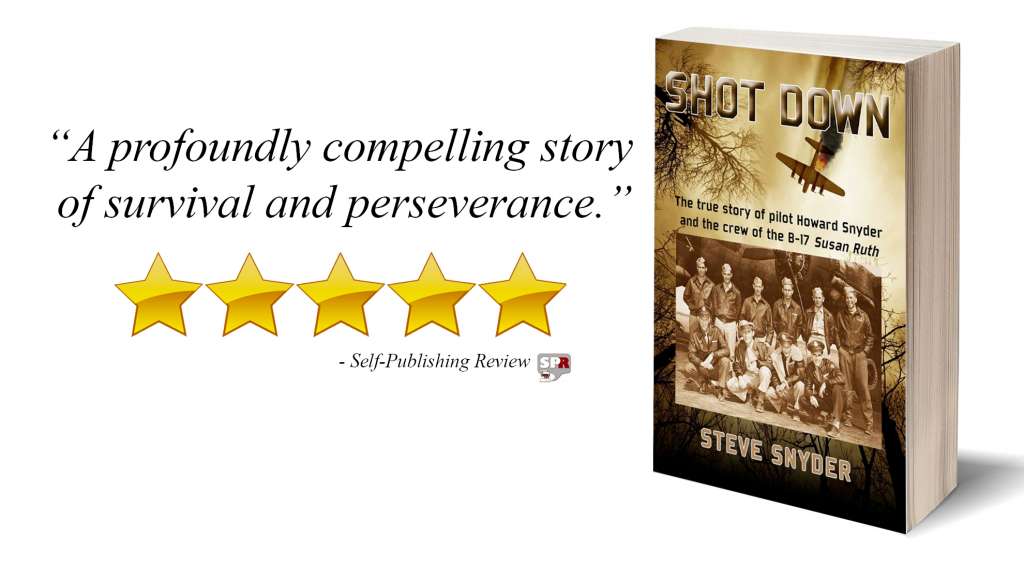
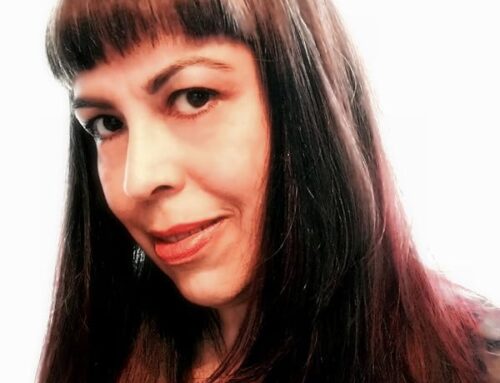
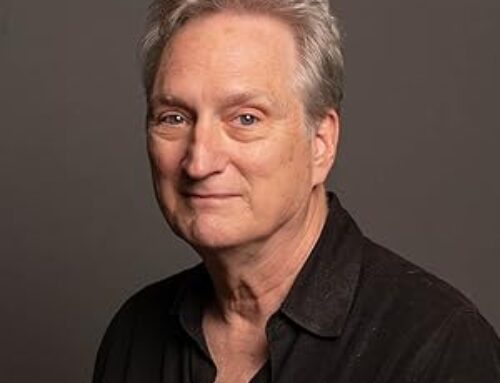
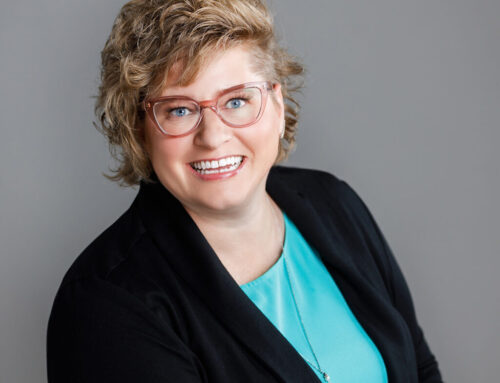
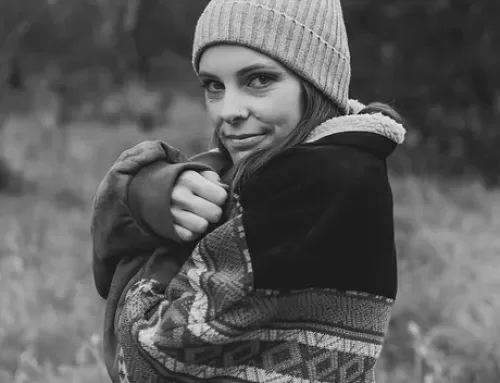
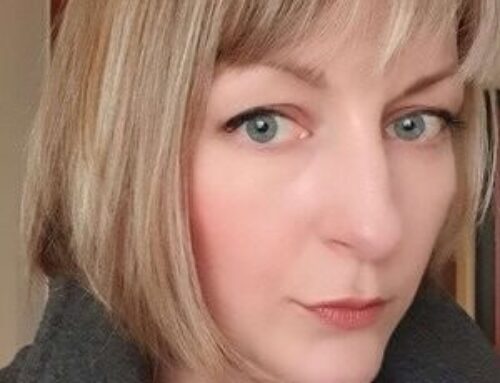
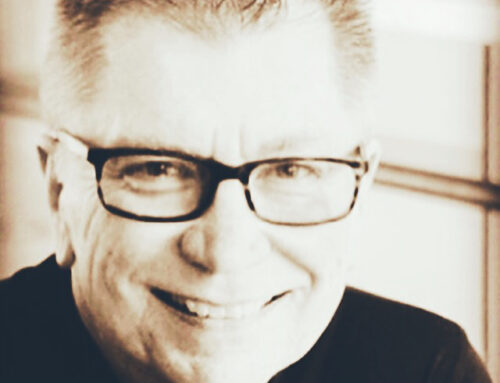
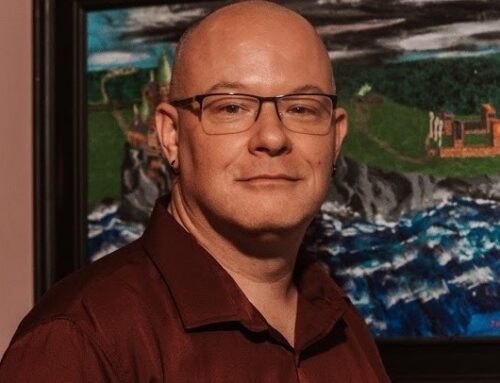
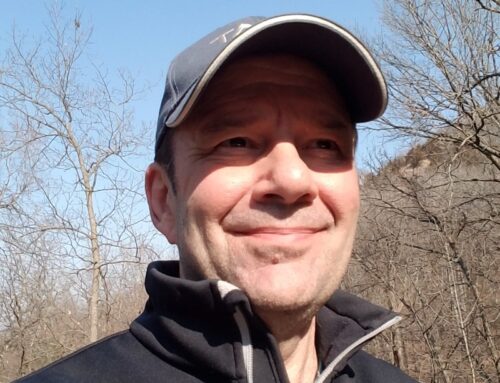
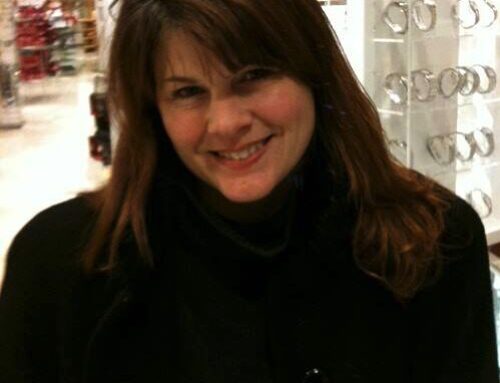
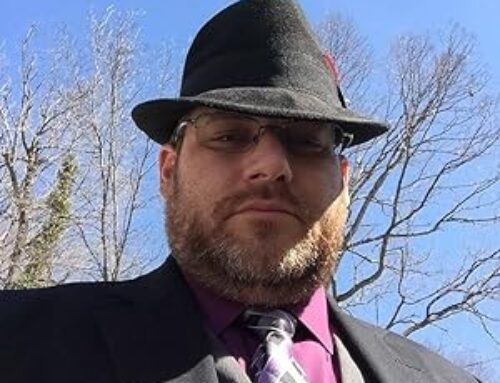
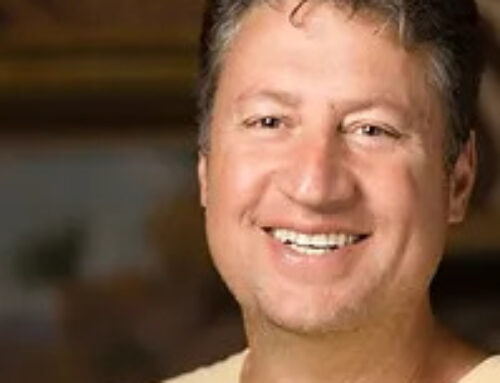
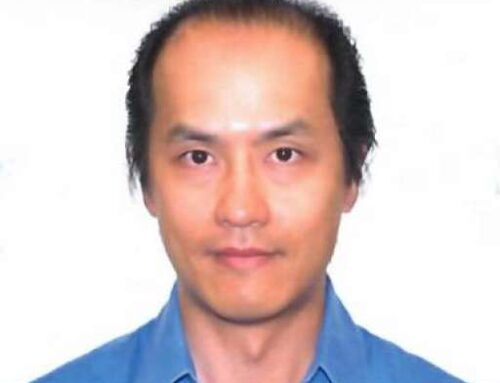
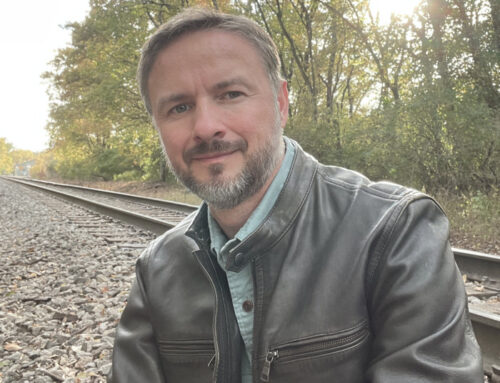
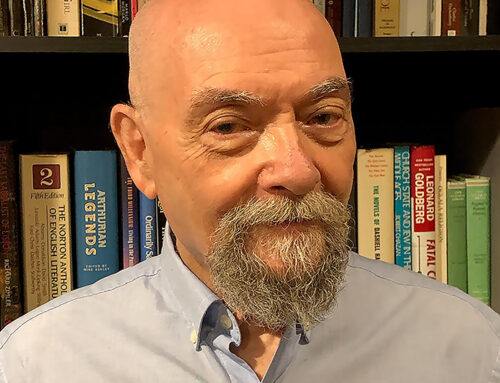
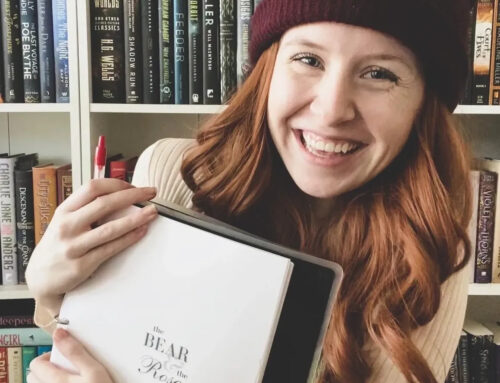
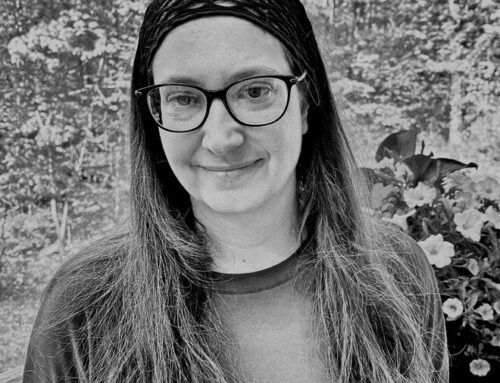
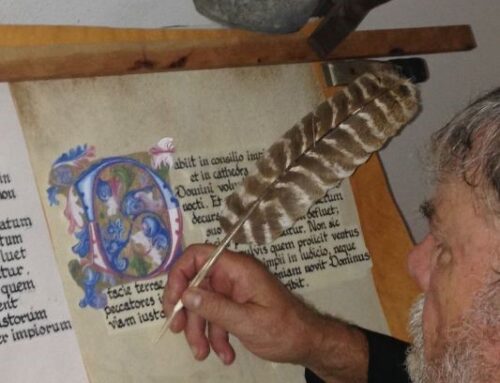
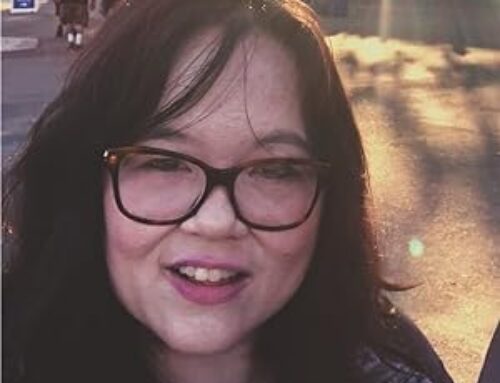
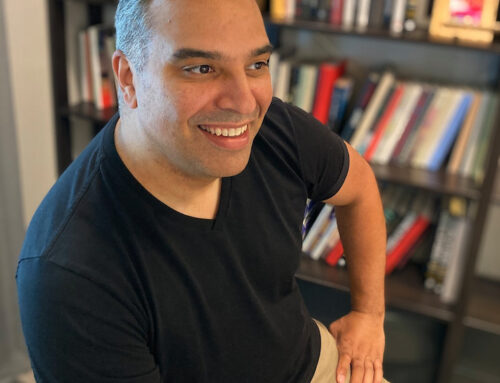

Leave A Comment